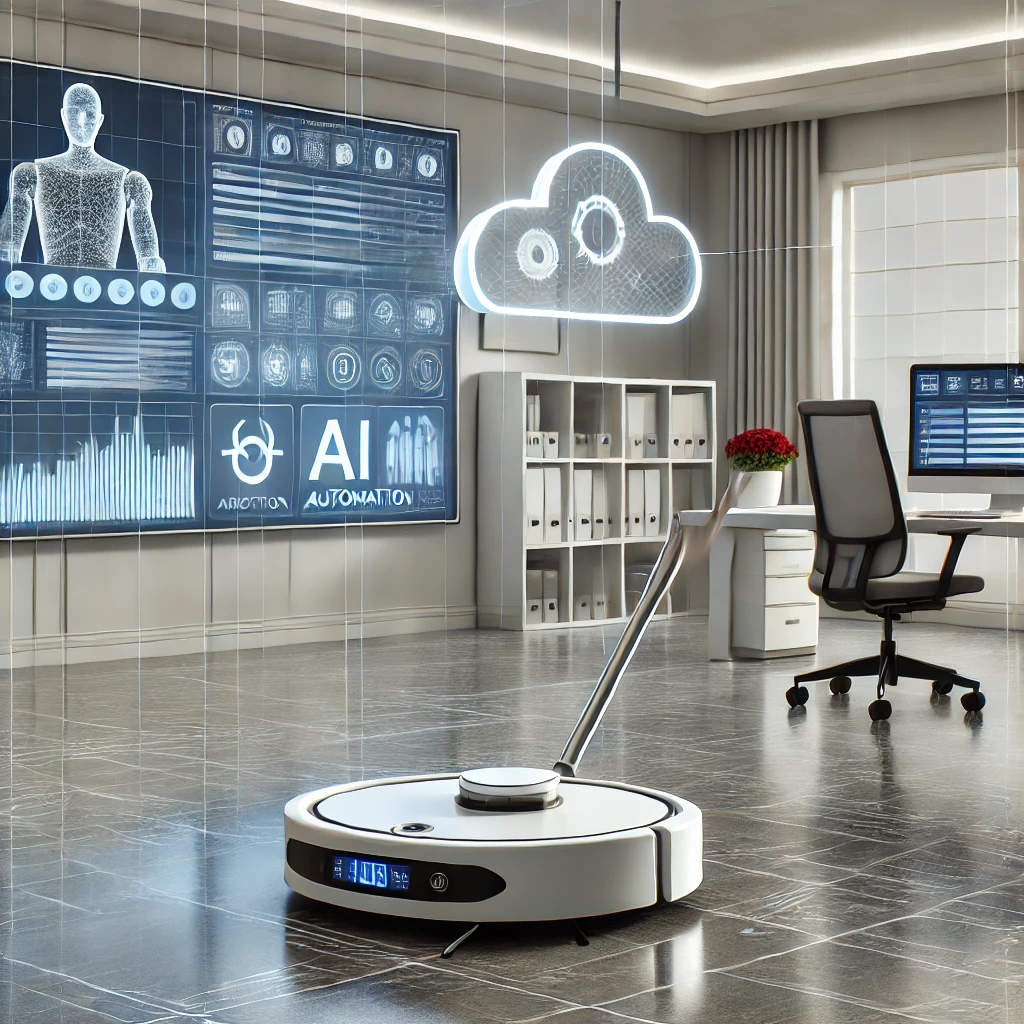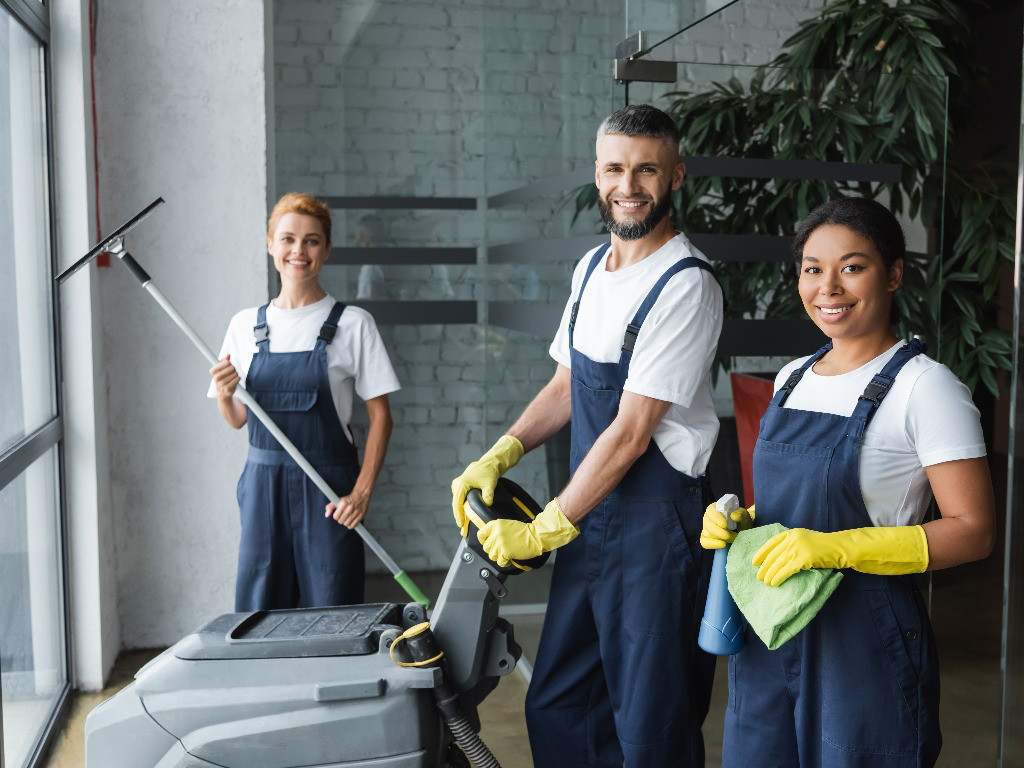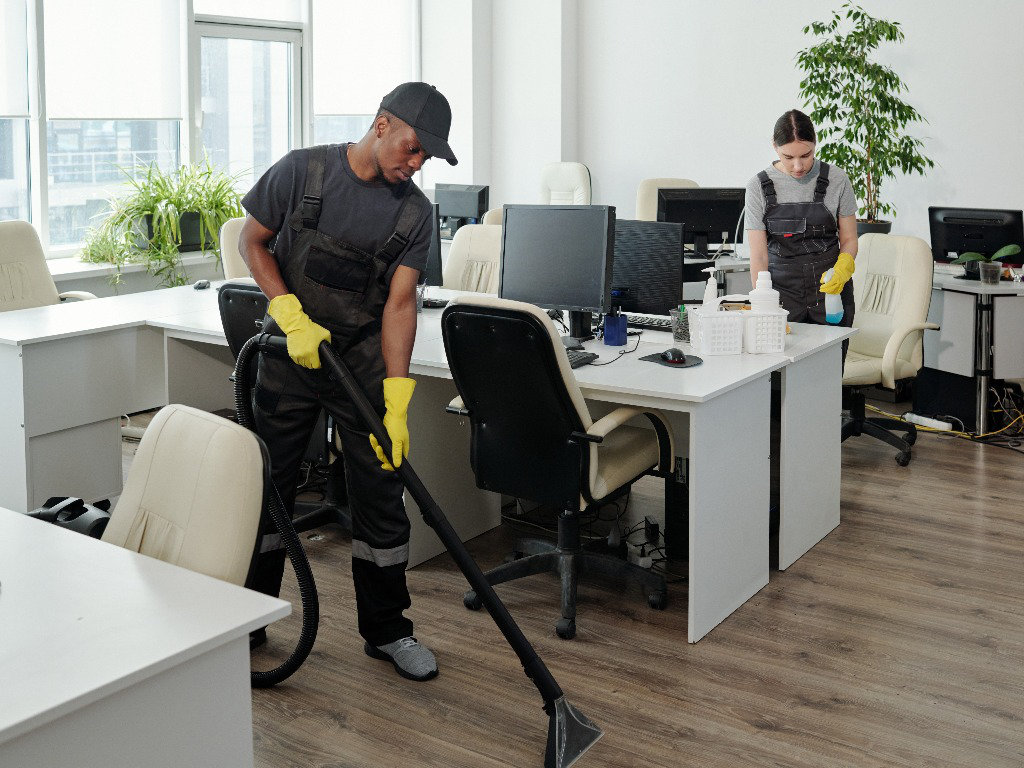The cleaning industry is rapidly evolving, driven by technological advancements revolutionizing business operations. From robotic vacuums…
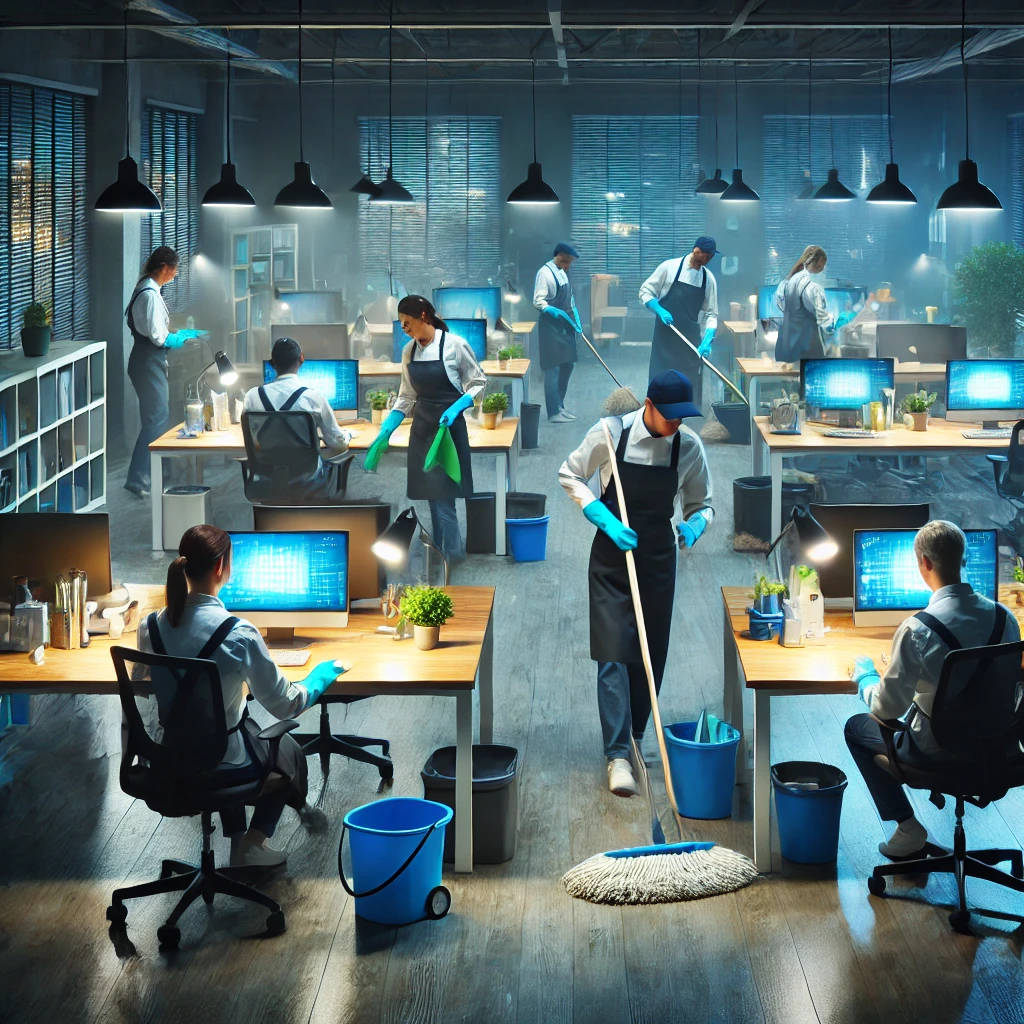
2025 Cleaning Industry Trends: Adapting to New Workspaces and Market Growth
The cleaning industry is entering a period of transformation driven by changes in work environments, consumer expectations, and technological advancements. Whether it’s a solo entrepreneur managing a home cleaning business or a large team tackling corporate spaces, the 2025 cleaning industry trends are shaped by a unique blend of challenges and opportunities. As companies adjust to hybrid work models and homeowners increasingly demand eco-friendly cleaning solutions, cleaning professionals must stay ahead of these evolving trends. In this blog, we’ll explore the key shifts and innovations shaping the business and residential cleaning markets in 2025, from green cleaning products and smart technology to the rise of niche cleaning services.
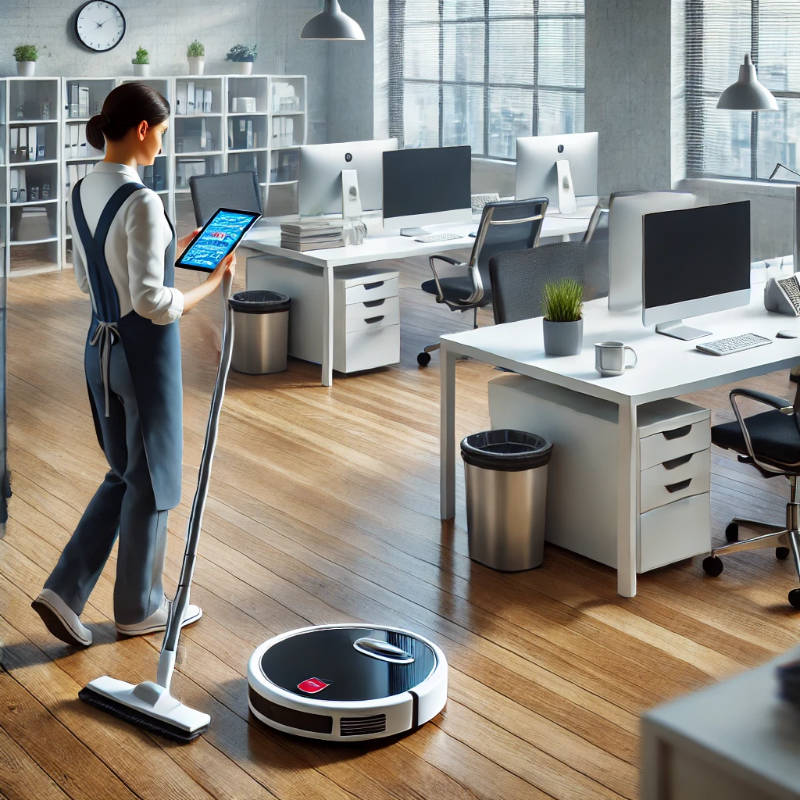
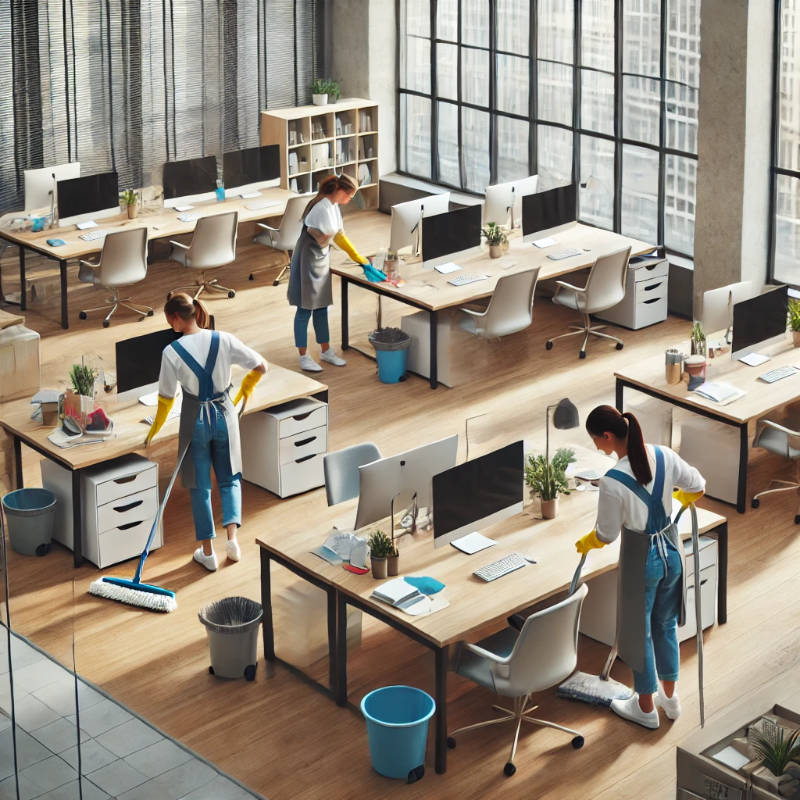
🎧 2025 Cleaning Industry Trends: Adapting to a Changing Market
✨ This episode covers the latest trends in the cleaning industry for 2025, highlighting strategies for adapting to a changing market. ✨
🎙️ Powered by iHeart Podcasts 📻
1. Hybrid Work Models and Their Influence on 2025 Cleaning Industry Trends
The post-pandemic shift to hybrid and remote work models has changed the landscape of office cleaning. While many businesses reduced their office footprint during the COVID-19 pandemic, others are now navigating a return to the office or adopting flexible work schedules. This results in varied cleaning demands—from daily maintenance for bustling shared spaces to intermittent deep cleans for offices used less frequently.
Critical trends in office cleaning:
- Flexible scheduling: As offices are occupied less consistently, cleaning services must adapt to fluctuating schedules, offering more on-demand or part-time services.
- Increased focus on hygiene: Businesses prioritize sanitation and health protocols to ensure employees’ safety. This leads to higher demand for specialized cleaning services like disinfecting high-traffic areas and controlling air quality.
- Sustainability in the workplace: Corporate clients are increasingly demanding eco-friendly cleaning products and practices to meet sustainability goals.
With many offices adopting flexible work arrangements, maintaining cleanliness and health safety is more important than ever. Workplace hygiene best practices in a post-COVID world are evolving to meet these new demands, focusing on frequent disinfection and air quality.
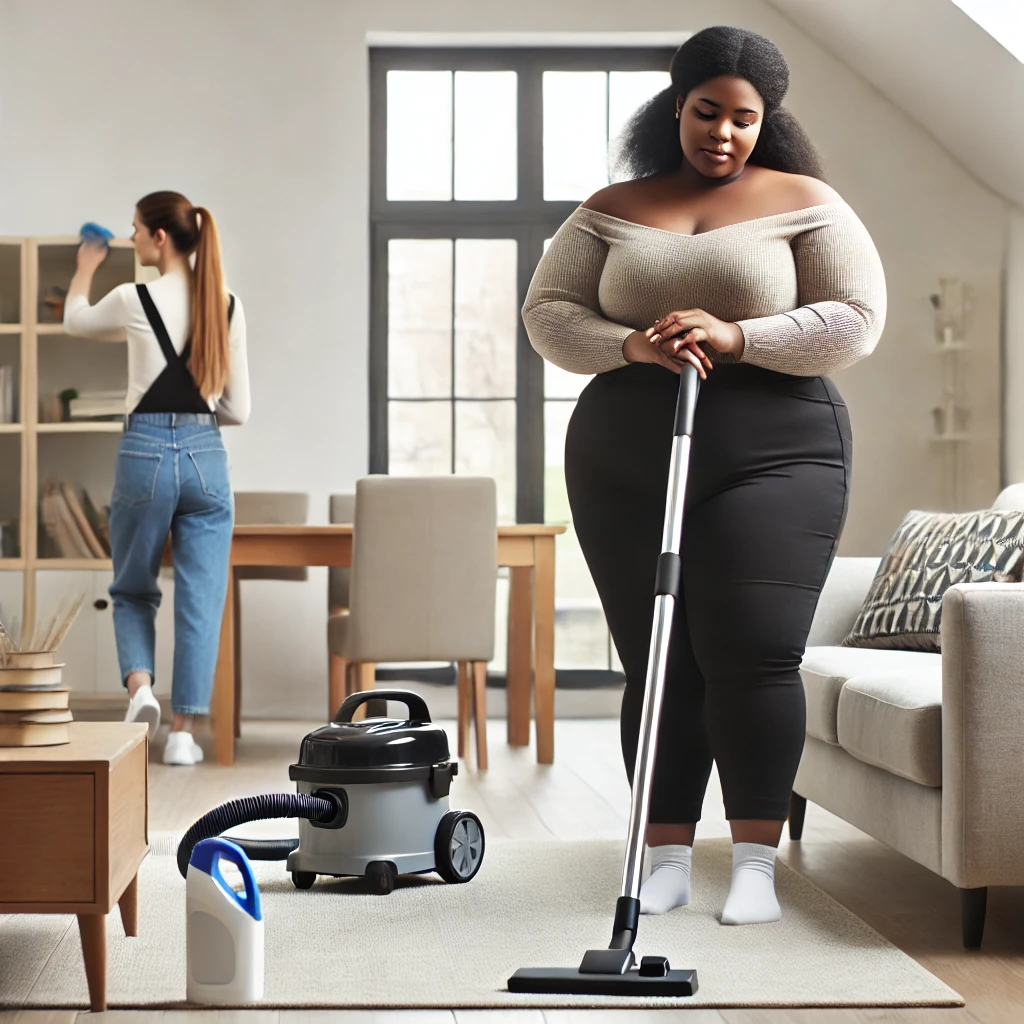
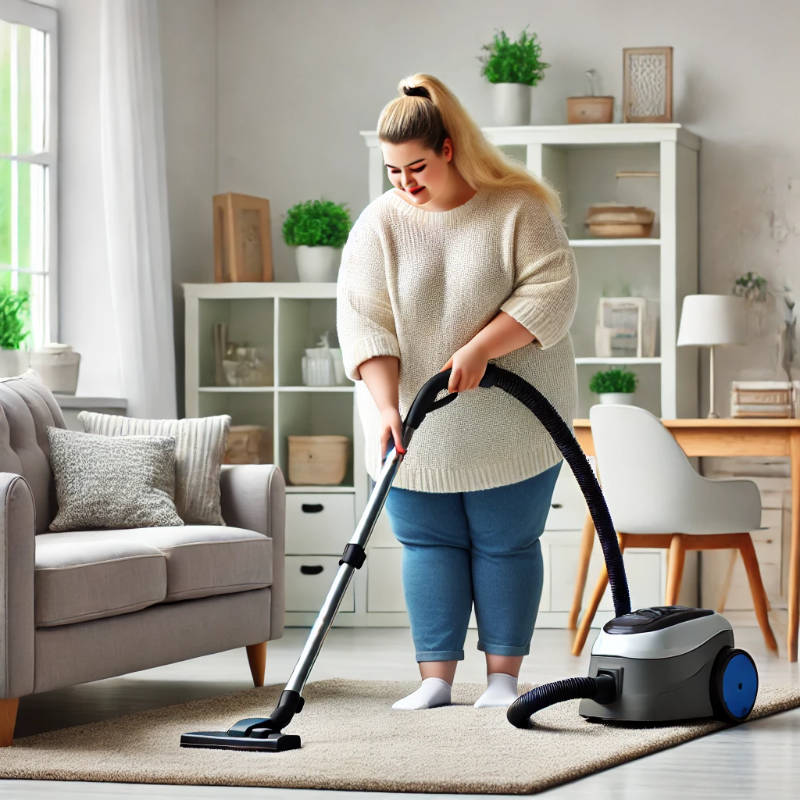
2. Growth in Residential Cleaning Services
Residential cleaning is experiencing a resurgence, driven by homeowners balancing busy lifestyles and the increased awareness of hygiene post-pandemic. While deep cleaning and disinfection services surged in 2020, the demand for regular, maintenance-based cleaning is expected to grow significantly in 2025.
Notable 2025 trends in residential cleaning include:
- Customizable cleaning packages: Homeowners want flexibility, requesting plans that fit their needs, whether weekly cleaning, one-time deep cleaning, or specialized services for particular rooms.
- Green cleaning products: There is a growing demand for eco-friendly and non-toxic cleaning solutions. Homeowners are increasingly conscious of the chemicals used in their homes and seek services that prioritize health and sustainability.
- Subscription-based services: Many cleaning businesses are shifting to a subscription model, providing ongoing services weekly or monthly, offering convenience and customer retention.
Understanding the 2025 cleaning industry trends can provide a competitive edge, especially for small business owners entering the market. Explore Forbes’ insights on how technology is transforming the cleaning industry to learn how tech advancements reshape the cleaning landscape and offer new opportunities for success.
3. Technology Driving the Cleaning Industry Forward
The cleaning industry is no stranger to technological advancements. In 2025, technology is revolutionizing how cleaning businesses operate, from streamlining operations to enhancing customer service.
Key tech trends in cleaning:
- Automation and robotics: Robotic vacuum cleaners, automated mopping systems, and smart sensors are increasingly part of large-scale cleaning operations. These technologies allow for more efficient and consistent cleaning, particularly in large commercial spaces.
- Cleaning management software: Cloud-based platforms enable businesses to schedule jobs, track employees, manage invoices, and communicate with clients seamlessly. This streamlines operations for solo cleaners and large teams alike.
- Innovative cleaning tools: Equipment embedded with innovative technology—like vacuums that adjust power based on floor type or sensors that monitor room cleanliness—enhances the quality and efficiency of service delivery.
Technology is making it easier than ever to manage cleaning operations, from scheduling jobs to tracking performance. Streamline your cleaning business with smart management tools and discover how field service software can help cleaning professionals save time and improve customer service.
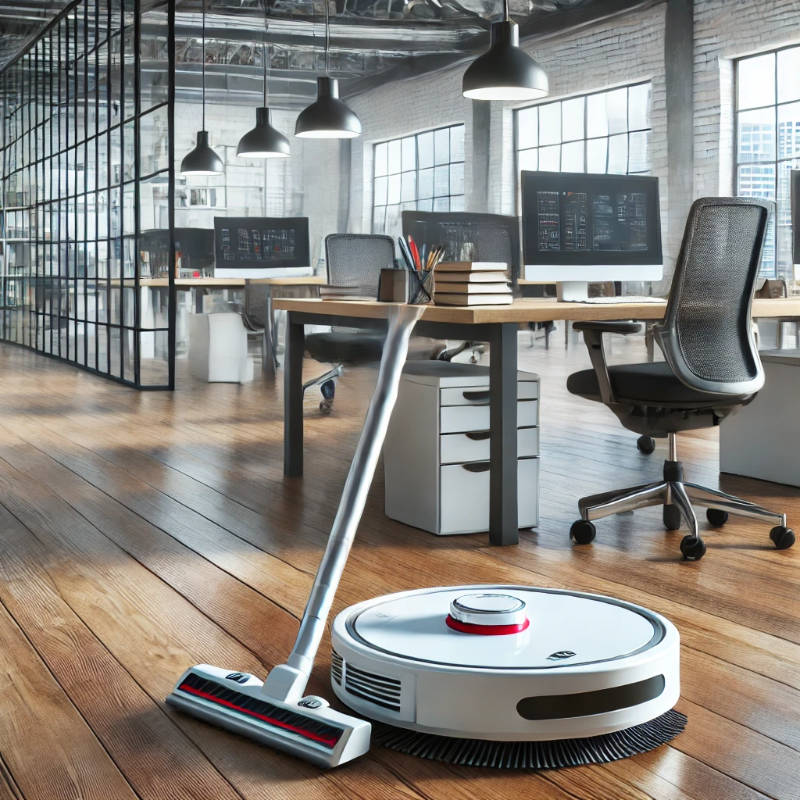
4. 2025 Cleaning Industry Trends: New Business Opportunities and Challenges
The cleaning industry continues to attract new entrants, especially post-pandemic, as more people view cleaning services as essential. While this presents opportunities, it also brings challenges as the market becomes more competitive.
Opportunities:
- Low barriers to entry: Starting a cleaning business requires relatively low startup costs, especially for small, solo operators targeting residential clients.
- Increased demand: Both home and office cleaning needs are expected to rise in 2025 as hygiene and cleanliness remain top priorities for consumers and businesses.
Challenges:
- Intense competition: The market is saturated with established businesses and new startups, requiring companies to differentiate through specialized services, customer service excellence, or eco-friendly options.
- Rising labor and materials costs: As the demand for skilled cleaners grows, businesses may face higher labor costs, while eco-friendly cleaning products often come at a premium price.
For entrepreneurs looking to enter the market, staying updated on 2025 cleaning industry trends will be essential for standing out in an increasingly competitive field. Knowing these trends can help new businesses differentiate through technology and sustainable cleaning practices, ensuring they offer services that meet modern consumer expectations.
5. Sustainability and Eco-Friendly Cleaning Practices
Sustainability is no longer a trend—it’s becoming a standard in the cleaning industry. Consumers and businesses alike are gravitating towards cleaning services that align with their environmental values. In 2025, the use of non-toxic, biodegradable cleaning products and practices that minimize water and energy use will gain traction.
Sustainable practices to watch:
- Green certifications: Many cleaning companies seek certifications for eco-friendly operations, like Green Seal or LEED (Leadership in Energy and Environmental Design), to stand out in the market.
- Water-saving techniques: Businesses are adopting methods that reduce water waste, particularly in commercial cleaning environments.
- Eco-conscious product lines: More cleaning businesses are switching to eco-friendly brands, ensuring that the chemicals used don’t harm the environment or indoor air quality.
Many cleaning businesses are adopting eco-friendly products to reduce their environmental impact. Learn more about eco-friendly cleaning solutions to see how these products benefit your clients and the planet. By implementing sustainable cleaning practices, companies can improve indoor air quality and align with growing consumer preferences for greener choices.
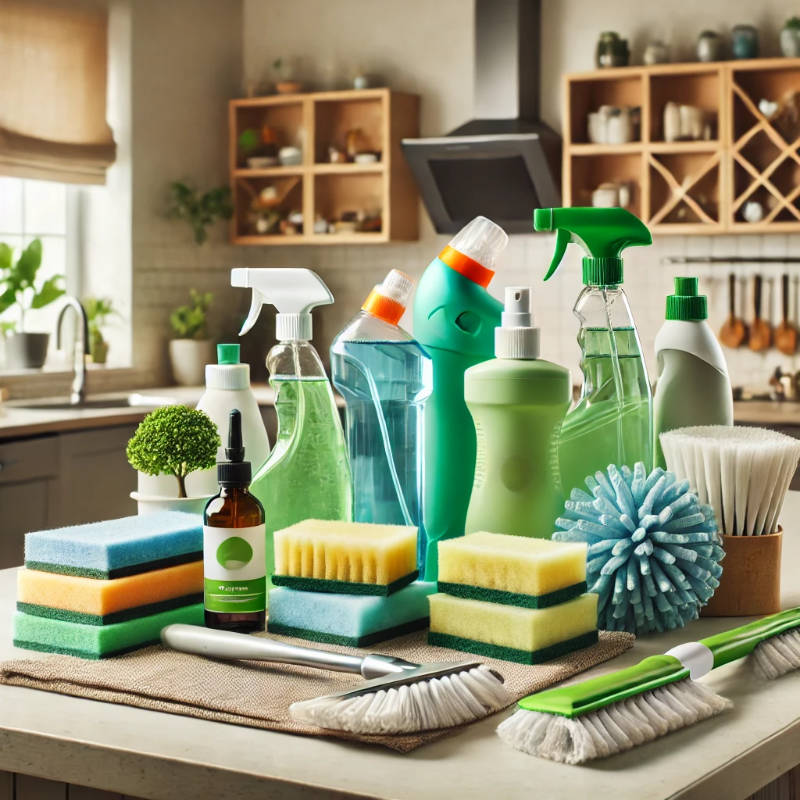
6. Differentiating Home vs. Office Cleaning Markets
While both home and office cleaning services are in demand, the needs of these two sectors vary significantly. Successful businesses must tailor their offerings to each market’s unique requirements.
Key differences:
- Home cleaning: Typically requires a more personal touch, with cleaners developing close relationships with homeowners. Services are often flexible, with personalized cleaning packages and a focus on safety and eco-friendliness.
- Office cleaning focuses on efficiency and large-scale operations. Contracts are often for long-term services, with a greater emphasis on hygiene and frequent disinfection. Offices require more automated tools and scheduling flexibility to accommodate varying occupancy levels.
7. The Future of the Cleaning Industry: Predictions for 2025 and Beyond
Looking ahead, the cleaning industry is poised for continued growth and innovation. As more businesses return to physical offices and homeowners prioritize cleanliness, the demand for residential and commercial cleaning will remain strong.
Future trends to watch:
- Increased use of AI and machine learning: These technologies will continue to optimize cleaning routes, monitor job completion, and even predict client needs, making services more proactive and efficient.
- Expansion of niche cleaning services: From post-construction cleanups to specialized disinfection services for healthcare environments, niche markets will become a key growth area for businesses looking to stand out.
- Greater focus on customer experience: Cleaning companies will invest more in communication tools, ensuring clients can easily manage appointments, request customizations, and provide feedback.

8. Resources and Insights on 2025 Cleaning Industry Trends
To fully understand the shifts shaping the cleaning industry, exploring key resources on sustainability, workplace hygiene, and technological advancements is essential. Below are a few valuable resources that provide deeper insights into these critical areas.
- Green Cleaning Products and Practices: As demand for eco-friendly cleaning grows, it’s essential to recognize products that align with environmental standards. The EPA’s Green Cleaning Guide outlines greener cleaning products and practices, helping businesses adopt non-toxic and sustainable solutions.
- Workplace Hygiene Best Practices Post-COVID: Hygiene in the workplace remains a top priority as offices navigate hybrid work models and fluctuating occupancy levels. The CDC’s Workplace Hygiene Guidelines provide up-to-date information on maintaining cleanliness and safety in business environments.
- Technology Transforming the Cleaning Industry: Automation, robotics, and cloud-based management software revolutionize cleaning operations. For more on how these technologies are reshaping the industry, explore Forbes’ report on Tech in the Cleaning Industry, offering critical insights into the future of cleaning services.
By leveraging these resources, cleaning professionals can stay informed about the latest trends and adopt best practices to remain competitive in 2025 and beyond.
Simplify your scheduling, invoicing, and task management—all in one platform.
Join SendWork and Grow Your Business Today!
Conclusion: Embracing Innovation and Sustainability for Success
The cleaning industry in 2025 is set to be dynamic, with shifting workspaces, new technologies, and increased competition shaping the landscape. Whether you’re a solo operator focused on residential cleaning or part of a large team servicing corporate clients, staying ahead of these trends is critical to thriving in the market. By embracing eco-friendly practices, adopting new technologies, and focusing on the evolving needs of business and home clients, cleaning professionals can set themselves up for success in the coming years.

